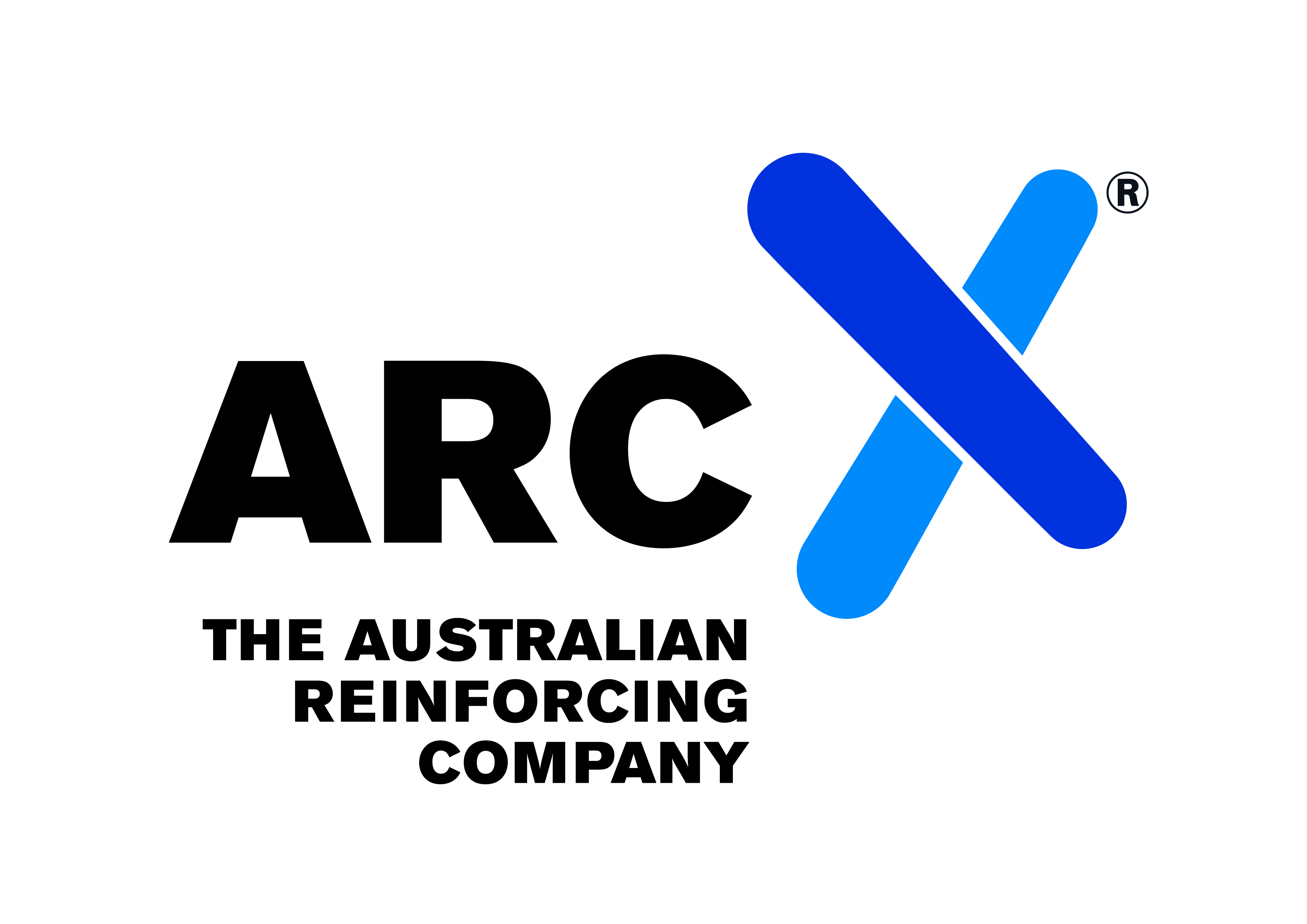Title Page
-
This checklist has been developed for the purpose of checking 5% of loads despatched on heavy vehicles as per the Arrium Road Transport Safety Code of Practice. The audit should be completed by witnessing the loading and restraining process and following discussions with the Loader and Driver where applicable. <br>People conducting these Transport Safety Audits are to be trained and competent in Basic Load Restraint, Chain of Responsibility and relevant Load Restraint Guidelines. Any questions should be directed to your Transport Supervisor or Regional Operations Manager.
-
Conducted on
-
Prepared by
-
Driver's Name
-
Driver's Company
-
Vehicle Rego
-
Site Address
General Safety
-
Is the driver wearing the correct PPE for the area (including Safety Helmet and Chin Strap when on the back of the truck)?
-
Has the driver been inducted to the site at the correct level?
-
Does the driver have a current drivers licence appropriate to the class of vehicle being driven?
-
Photo of Driver's Licence
-
Is fall protection equipment (eg. platforms, gates, Webrail) in place against the vehicle where the driver or loader is required to work at height on the back of the vehicle? Check any platforms and gates are adequately restrained to the vehicle and have wheel brakes on.
-
Visual inspection of vehicle okay (eg. Lights, tyres, side pins condition, side pins restrained, head board, tail board, coaming rail, tie-down rail, etc)?
-
Is the driver positioned safely relative to moving loads and exclusion zones (driver must not be in the cabin when crane loading/unloading commences)?
Load Restraint
-
Has the driver been trained in the requirements of the applicable Load Restraint guideline for this type of product? Does the driver have a copy of the Load Restraint Guideline available to him/her?
-
Are you satisfied with the height of the load? Does the completed load look level and even (light items on heavy items, short items on long, narrow items on wide, etc)
-
Has the method of unloading at the customer site been considered when loading and is the driver aware of the unloading process/requirements?
-
Have smaller items such as load bags and bundles of dowels as well as bundles of smooth wire been blocked against the headboard and/or other product wherever possible?
-
Where appropriate, is load containment equipment being used for the product (ie. containers, side pins, bins, load bags, etc)?
-
Have the correct number and type of lashings been used as per the Load Restraint Guideline(s)?
-
Has the product been protected appropriately from damage by the lashings (eg. for some lighter meshes and prefab cages)?
-
Have low friction situations been avoided (eg. Metal on metal, plastic on plastic, oily or greasy surfaces, etc)?
-
Is the correct number and size of timber dunnage being used as per the Load Restraint Guideline(s)?
-
Are all items on the tray of the vehicle, including timber dunnage secured?
-
Are all tools and spare load restraint equipment placed back in the vehicle toolbox? Is the toolbox enclosed and secured?
-
Are load containment and load restraint equipment in good condition (eg. Containers, bins, chains, webbing, load binders, winches, timbers, etc)?
-
Are all chains and webbing straps anchored securely to the trailer rails (ie. using hooks, not knots)?
-
Are all load binders being used approved "no dogs" type binders (ie. the vehicle is not equipped with any over-centre "dog" style load binders)?
Mass and Dimension
-
What is the empty weight of the vehicle combination (A)? For rigid vehicles refer to the GVM/GCM on the side of the vehicle For Heavy Combination, refer to trailer load plate or driver's GVM estimate Don't forget to allow for the weight of the vehicle mounted crane, where fitted
-
What is the total product weight (B)?
-
What is the full weight of the vehicle combination (ie. A + B)?
-
-
For over-length loads, are delineators, oversize signage and other requirements met (refer to load permit)?
-
For over-length loads, is the overhang within the requirements of the appropriate guidelines?
Speed and Fatigue Management
-
Which Fatigue Management Program does the driver operate under (Standard Hours - 12hrs, Basic - up to 14hrs, Advanced - up to 15hrs)?
-
For a journey more than 500km with all or part of the journey within the current state, or any interstate journey more than 400km, does the driver have a Journey Plan for the trip?
-
Based on the applicable fatigue management program, has the Journey Plan allowed for appropriate rest breaks and realistic load time?
Comments and Corrective Actions
-
Comment / Corrective Action Note: Any areas of failure must be corrected before departure.
-
Comment / Corrective Action Note: Any areas of failure must be corrected before departure.
-
Comment / Corrective Action Note: Any areas of failure must be corrected before departure.
-
Comment / Corrective Action Note: Any areas of failure must be corrected before departure.
Sign Off
-
Driver's Signature
-
Auditor's Signature
-
Photo of truck with load fully restrained














